Why We Should Eat MORE Mustard, and How to Make Your Own
We’ve all heard about and perhaps tried our hand at making our own mayonnaise. Recipes abound for this. But have ever tried making your own mustard? It’s easy to do and very inexpensive. But before I launch into the how-tos of this smart idea, let’s look at the health benefits of mustard.
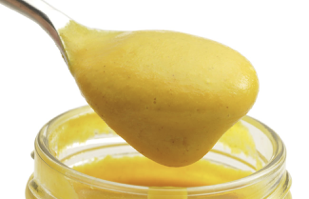
Mustard isn’t just an ideal dressing for almost any sandwich, and an essential culinary ingredient, it’s also really good for you.
For one, it has serious bang for the caloric buck. At 3 calories a teaspoon, mustard is the lowest calorie of the common condiments. Compared to mayo (31 calories), sweet relish (7 calories), or even ketchup (6 calories), this stuff is basically a freebie.
Mustard has a long history as a health food. According to Kenneth Kiple, author of The Cambridge World History of Food, Vol. 1, mustard has been used for both medicinal and culinary reasons for a really, really long time. The ancient Romans used to smear the stuff on themselves to cure everything from epilepsy (note: NOPE, THIS DOES NOT WORK) to lethargy (I mean, maybe? It would probably burn a little bit, which could get you up and moving?) to “hysterical females” (whatever).
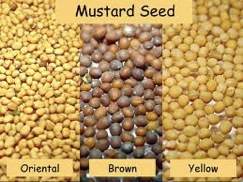
And now, science is backing history up (well, outside of the epilepsy and hysterical females, that is). Research shows mustard seeds contain phytonutrients known as glucosinolates, powerful antioxidants that reduce chronic inflammation (that pervasive and nasty facilitator of an abundance of chronic diseases).
Being so loaded with antioxidants then, makes it no surprise that mustard can help prevent cancer. (Don’t get too excited here. This doesn’t mean you can cancel out a drinking or smoking habit by ordering your hot dog with extra mustard!)
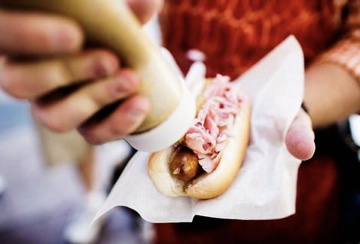
Studies show that mustard helps with asthma, arthritis, high blood pressure, and migraines as well. This is because it’s an excellent source of the trace minerals selenium and magnesium.
Scientists have also found that mustard can even lower your cholesterol, which has to be the most delicious way that has ever happened, ever. Not sure if that means the pastrami on rye with mustard is basically erased from your system, but it's at least a start.
And if you gravitate towards those hot-hot-hot mustards (and along with other spicy foods), research shows that this spice-predilection may help you live longer. In other words, don't shy away from that coarse Dijon.
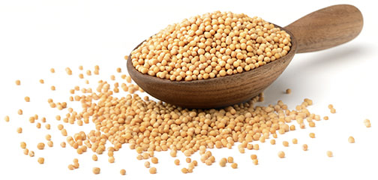
Finally, mustard seeds are also abundant in phosphorus, copper, manganese, and omega-3 fatty acids, all of which are beneficial for cellular regeneration and energy. While mustard won't necessarily heal your wounds instantaneously, it's pretty safe to say that a shot of mustard is better for you than a neon green energy drink. So pass the mustard please.
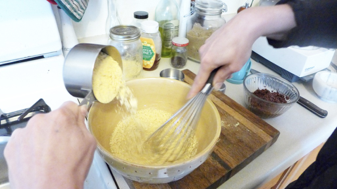
With this solid case for eating more mustard established, let’s seriously consider making our own. Homemade mustard keeps for about 1 month in the fridge (this also stops the increase in heat). To make your mustard yellow, add turmeric. Don't use aluminum for mixing or storing mustard, as oxidation of aluminum will occur.
And one last tip: Heat activates an enzyme that kills the flavor of mustards, so if using your mustard in a cooked recipe, add it toward the end of the cooking time for maximum flavor (such as when making homemade mac ‘n cheese, for instance).
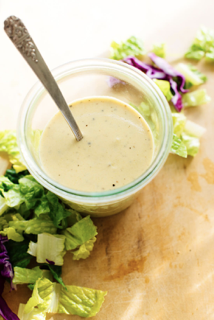
Basic Yellow Mustard
Serving size: 1
Calories per serving: 382.5
1/2 cup yellow or black mustard seeds
3/4 cup cider vinegar
1/3 cup water
1 1/2 teaspoons sugar
1 1/2 teaspoons salt
Directions:
(NOTE: To make a simple mustard from powder: mix 1 tablespoon mustard powder with 1 teaspoon water, 1 teaspoon vinegar, and 1 teaspoon sugar. Let stand 15 min. to develop flavor. This equals 1 tablespoon prepared mustard.)
- www.pritkin.com
- www.in.all.biz.com
- www.thrillist.com
- www.burmaspice.com
- www.stitchandboots.com
 Alice Osborne
Alice Osborne
Weekly Newsletter Contributor since 2006
Email the author! alice@dvo.com
